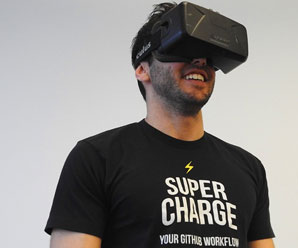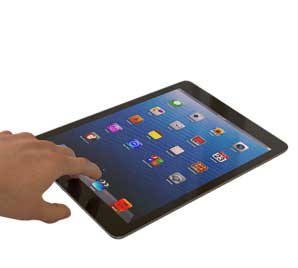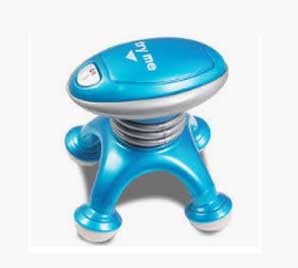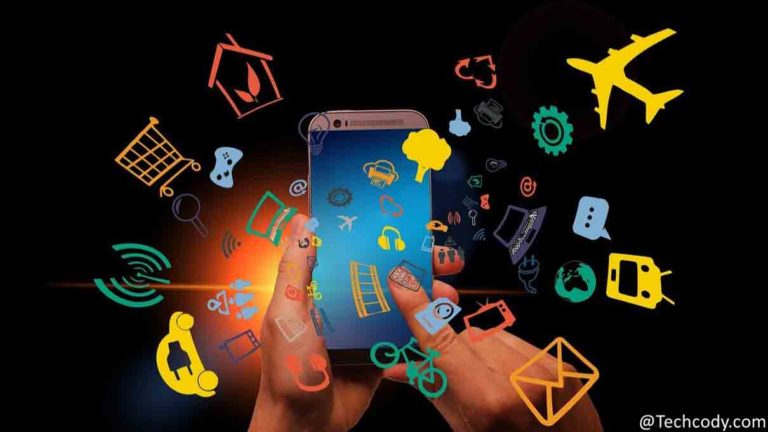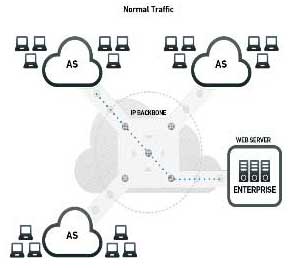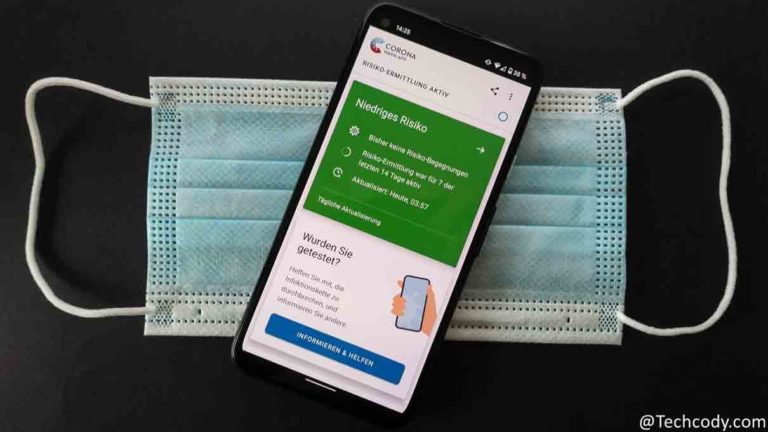New Systems for Healthcare Tech Rollout for 2023
New Systems for Healthcare Tech

The healthcare tech industry is constantly evolving, and most of the changes in its systems are because of technological advancements that have resulted in enhanced patient care, fewer errors, and reduced burden on staff. If you are a leader in the healthcare industry, it’s important to stay informed about the trends in your field. This will allow you to steer your business in the right direction in the new year.
1. Increased Use of Mobile Healthcare Tech
The high inflation rates over the past few years have enormously pressured businesses, including those in the healthcare industry. As a result, they compel medical care providers to lower costs and maximize their revenues while maintaining excellent patient care. This has led to increased investments in mobile technology for healthcare management, a trend that will increase tremendously in 2023. Healthcare providers will communicate and access patient records and hospital inventory on a single mobile device. This will help optimize accuracy and workflow efficiency.
2. Higher Demand for Real-Time Location Systems
The increased demand for improved asset visibility makes real-time location system (RTLS) technologies and radio frequency identification (RFID) systems to be adopted in the healthcare industry. RFID technology uses wireless communication to locate and track equipment and people. With RFID tags, hospitals can easily track newborns and prevent seniors with dementia from wandering off.
The RFID technology is also used to monitor hand hygiene to control infection and measure temperatures. Besides improving patient safety and health, this technology helps healthcare institutions save money by boosting employee efficiency and productivity. RTLS and RFID can run together and integrate with asset and patient tracking systems, providing improved visibility for staff who need exceptional accuracy in real-time.
3. Increased Use of Technology for In-House Dispensing
The current doctor dispensing of medication trend promises to provide healthcare providers with an additional income stream and patients with better prescription compliance. This trend is likely to rise significantly in 2023. Although in-office medication dispensing may not eliminate medication non-adherence, it will probably reduce treatment failure because of non-adherence. Physicians will have the chance to educate their patients and encourage them to comply with the prescribed medications.
Clinicians that embrace in-house dispensing of medication in 2023 may need to purchase technology, such as automated dispensing cabinets and computer software, for managing their medication dispensing activities. They will also need to train their staff to use the newly gained tools. And hospitals must set up procedures within their organizations that will enable them to comply with applicable state regulations.
4. Greater Focus On Securing the Internet of Medical Things (IoMT)
The IoMT is a group of applications and medical devices that are connected to healthcare tech or information technology (IT) systems. It usually enables such connections using online computer networks because they equipped medical devices with Wi-Fi that facilitates machine-to-machine communication. IoMT devices connect to cloud platforms that are used to store and analyze data. Cybercriminals can exploit the vulnerability in IoMT systems and execute various malicious activities. They can steal sensitive patient healthcare data and insurance information. They can also seize control of medical devices and disrupt various healthcare delivery processes, endangering the life of patients.
In 2023, more healthcare companies, including pharmaceutical enterprises and diagnostic laboratories, will get smarter about securing their IoMT devices and systems. They’ll be able to halt or prevent ransomware attacks from infiltrating their organizations. Also, the security teams will probably become more strategic about protecting their IoMT equipment.
5. Increased AI and Robotics Adoption
Artificial Intelligence (AI) is more sophisticated today, and it can monitor processes that are traditionally handled by humans. AI and robotics have become increasingly relevant in healthcare. For instance, AI is now used to diagnose diseases such as cancer in their early stages for immediate treatment.
In 2023, hospitals that were previously reluctant to adopt AI technologies will probably embrace them. This will mean that it will subject fewer patients to unnecessary biopsies, and mammograms will be over 20 times faster. Also, doctors, nurses, and caregivers will monitor their patients better and detect life-threatening illnesses, such as heart diseases, during their treatable stages.
6. Increased Use of Data Analytics Tools in Healthcare
Hospitals and other companies in the healthcare industry produce an enormous amount of data daily. Converting such data into insights can help improve operational efficiencies and patient outcomes. In 2023, more organizations in the healthcare space will take advantage of data analytics software and use the results of their analysis to make well-informed patient care and business decisions.

